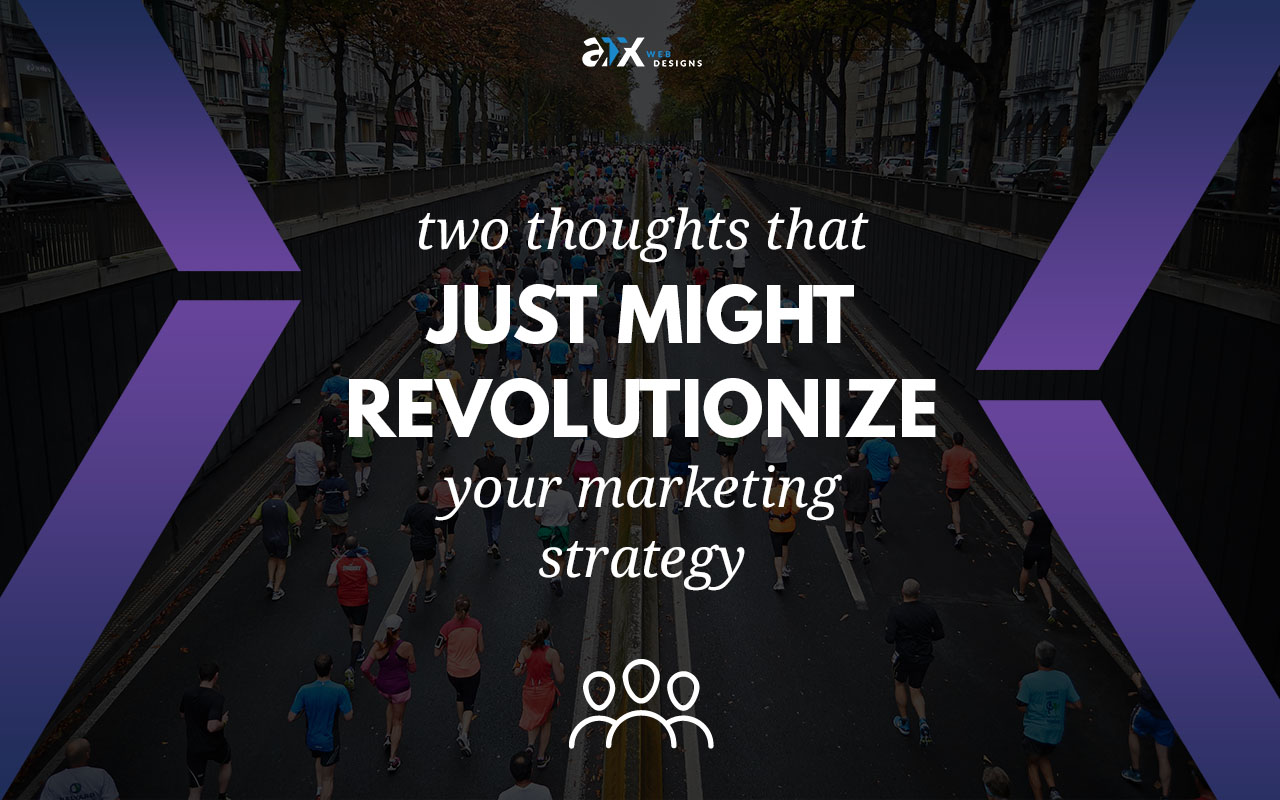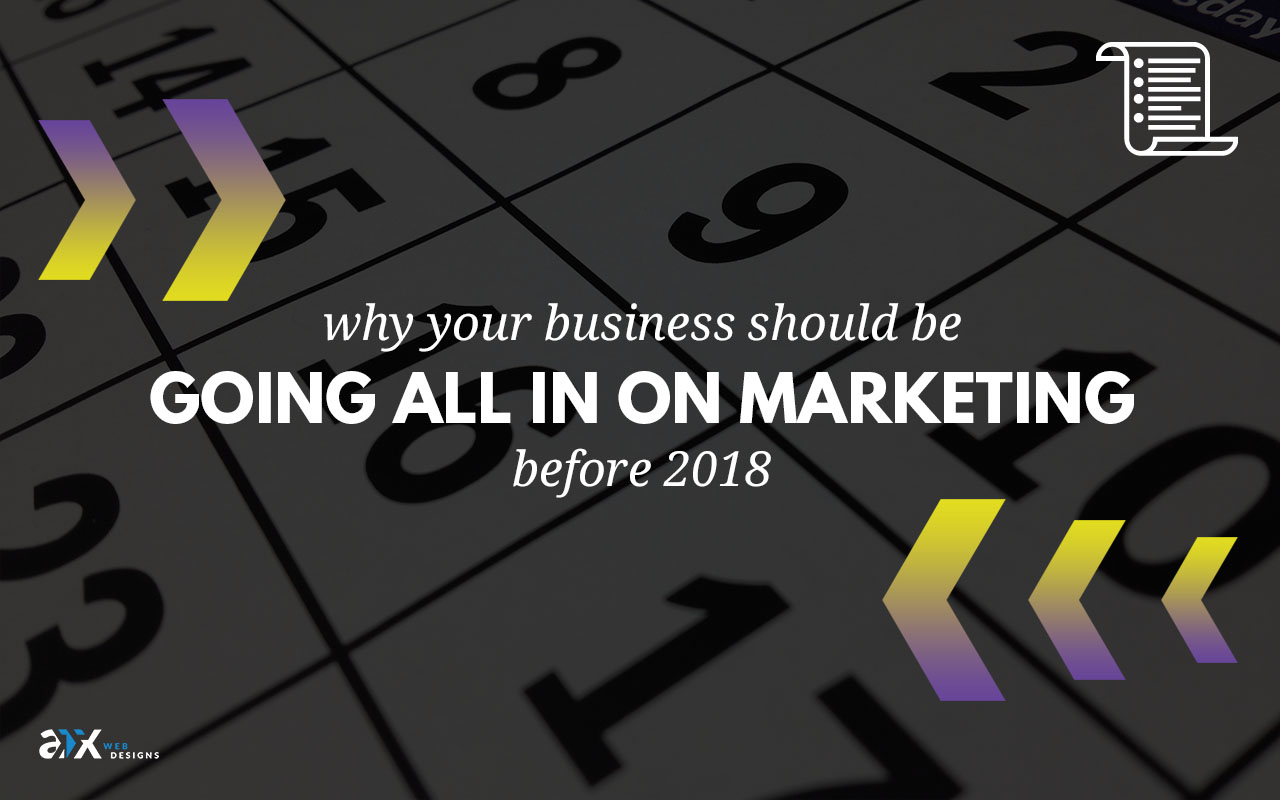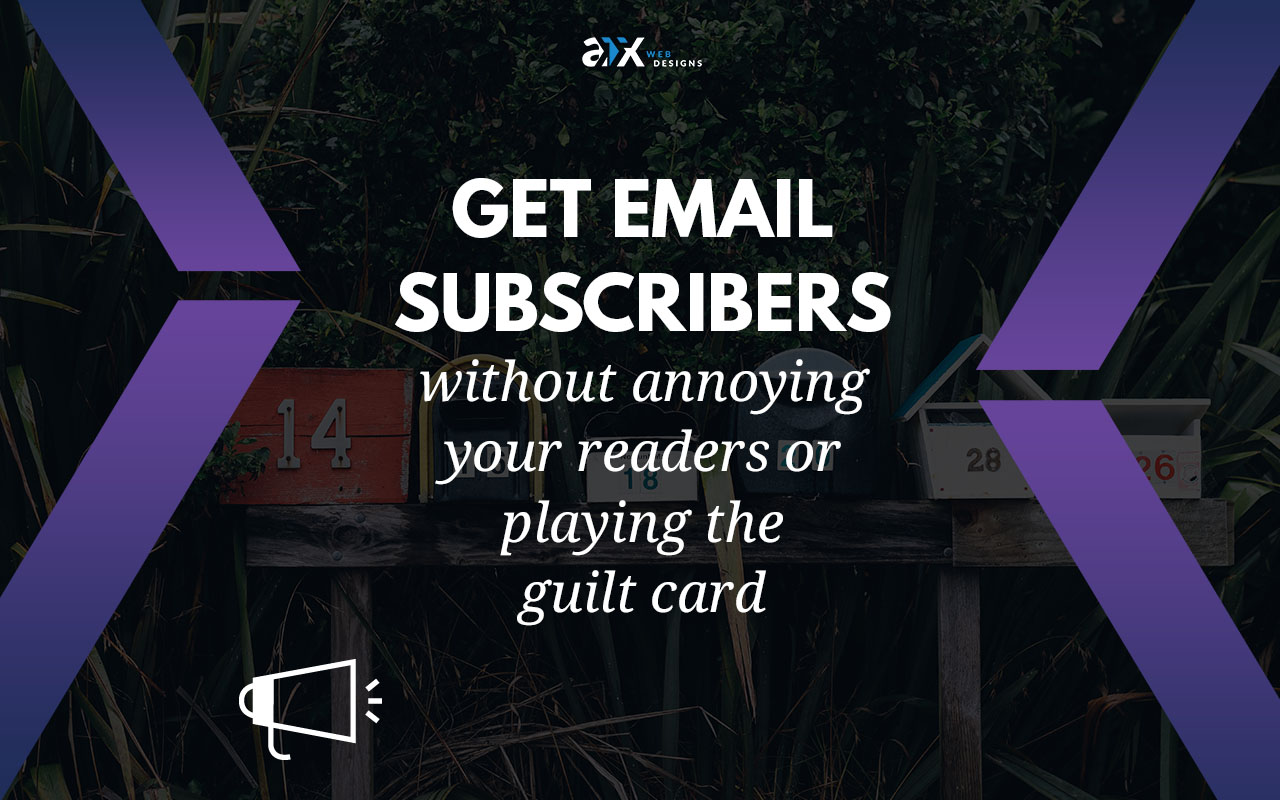If you work in marketing at all then you know two things: Seth Godin, and Seth Godin’s unmatchable insight.
Just this week I was doing some client work and came across this 2016 Q&A he did on the TIm Ferriss show.
(I’m going to sidetrack for a moment to ask: do you listen to the Tim Ferriss Show? I don’t listen to every single one, but every single one I do listen to is worthwhile. Just recently he sent out the intro and first chapter of his new book Tribe of Mentors to his email list and it was so good. I’m looking forward to reading the rest!)
I pulled these two questions from the beginning of the interview because there’s so much to chew on in just these two questions. Sometimes I get so into the metrics of marketing that I forget what we’re actually doing. This was a good reminder.
How do you build a tribe from scratch?
In the modern world we can get confused because it might seem that our job is to build a tribe from scratch but most of the time that’s not what happens.
Nike did not invent the running tribe there were already runners before Nike showed up…. What we do when we lead a tribe often is we find people who are already connected and we merely show up to lead them
For most businesses, we don’t even lead them. We merely service a tribe that already exists so that when you find a group of people who share an instinct and interest a connection a leader a goal and you give that group of people something with which they can take action
The way i abbreviate that long sentence is: people like us do things like this.
What’s the one thing that most marketers do wrong?
This is easy. We’re selfish. We’re narcissists–infantile narcissists who believe that our need for more and our desire for attention trumps everything else. We justify and rationalize our work and interrupt people spam people, yell at people, deceive people and play the short term game again and again and again. Successful marketers are successful because they don’t do that. It turns out that’s scarce. The folks who are willing to build a story that’s true, to earn permission, to create a product or service that spreads merely because it’s remarkable–that mindset almost never shows up.






